NEWS
16 Tell-Tale Signs of a Water Damaged Car
Published
2 months agoon

Shutterstock
Water damage in a car is more than just a cosmetic concern, it’s a hidden menace that can compromise safety and performance. Left unchecked, water intrusion can lead to electrical failures, mold growth, and even structural rust that may not be immediately visible. Recognizing the signs of water damage, like musty odors, water stains, or suspicious electrical issues, is critical for avoiding costly repairs or buying a flood-damaged vehicle.
Many cars affected by floods are improperly restored and resold, making it essential to stay vigilant when purchasing a used vehicle. By understanding the dangers and learning to spot telltale signs, you can protect yourself from the risks associated with water damaged cars.
Unusual Odor
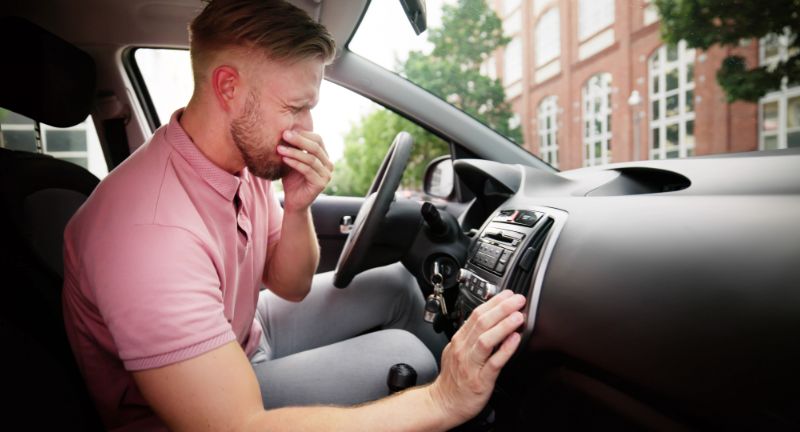
Shutterstock
A damp or musty smell inside the car is a classic sign of water damage. It’s often caused by mold or mildew growing in the upholstery, carpeting, or insulation after prolonged exposure to moisture. Even thorough cleaning might not fully remove the odor. Pay attention to any strong air freshener scents as these may be masking the smell.
Water Stains on Upholstery or Headliner
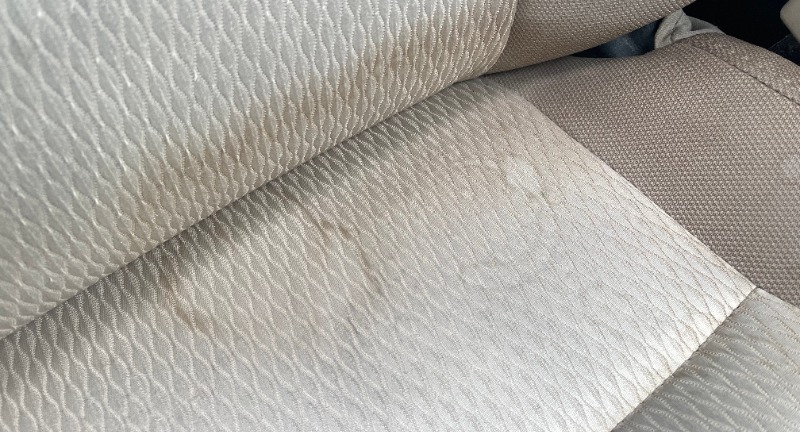
Shutterstock
Water stains appear as discolored patches on the seats, carpeting, or ceiling fabric. These stains often remain even after the interior has been cleaned or replaced. They’re particularly telling if located in hard-to-reach areas like under the seats or near the footwells. Always inspect the interior under bright light to spot subtle stains.
Dirt or Debris in Unusual Places
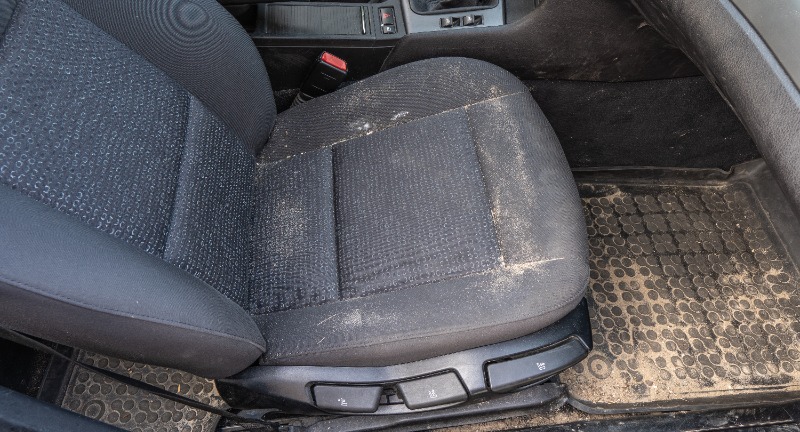
Shutterstock
Silt, sand, or dirt found in hidden crevices like under the seat rails, behind the dashboard, or in the trunk is another giveaway. These particles are often deposited by floodwaters and are nearly impossible to remove entirely. Look inside cup holders, door pockets, and storage compartments for any unexpected debris. Such residue is a sign that the car has been submerged in water.
Electrical Issues
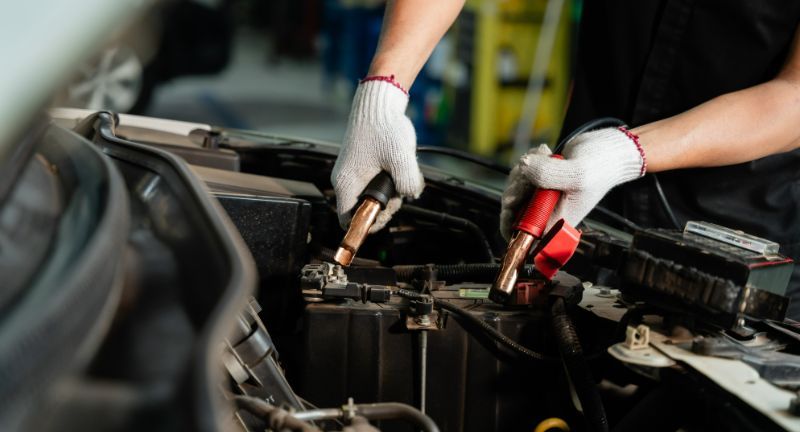
Shutterstock
Water exposure can wreak havoc on a car’s electrical systems. Malfunctions such as flickering lights, faulty power windows, or erratic dashboard indicators often stem from compromised wiring. Check that all electronics work properly, including the radio, A/C, and backup cameras. A well-maintained car should not have intermittent electrical failures.
Foggy Headlights or Taillights
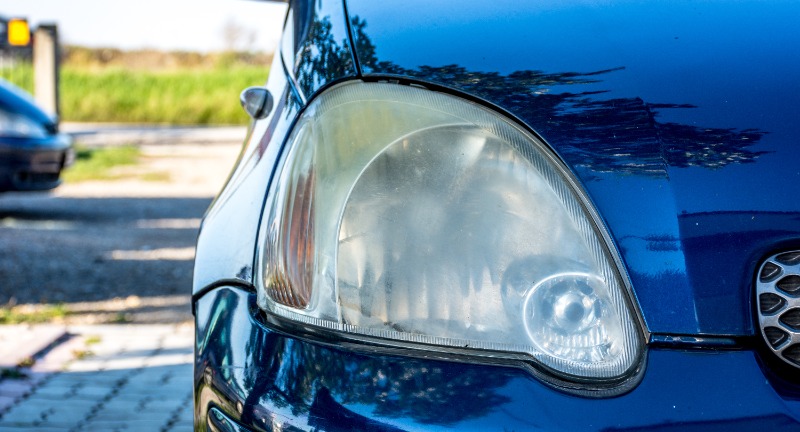
Shutterstock
Condensation inside headlights or taillights is an indication that water has seeped into these sealed units. This often happens after prolonged exposure to floodwaters or rain damage. Persistent moisture inside the lights may cause visibility issues and electrical shorts. Replacing these components can be expensive and is a sign of larger water damage.
Corrosion or Rust
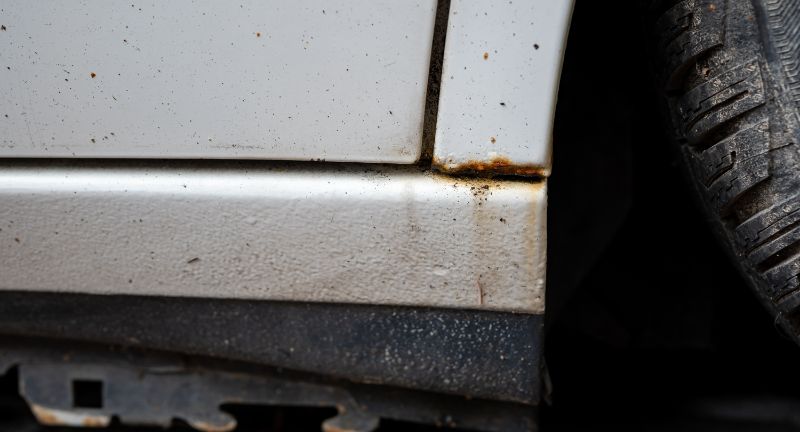
Shutterstock
Rust on metal components is a major sign of water exposure. Check the seat brackets, door hinges, and undercarriage for corrosion. While some surface rust is normal for older cars, widespread or unusual rust in interior areas points to water damage. This can compromise the structural integrity of the vehicle over time.
Wet or Damp Carpeting

Shutterstock
Carpets that feel damp to the touch or have moisture beneath them are an obvious red flag. Even if the top layer is dry, check underneath for lingering moisture. Excessive dampness can encourage mold growth and weaken the floorboard. Lift the carpeting in inconspicuous areas, like under the floor mats, for a closer look.
Mud or Water Lines in the Trunk or Engine
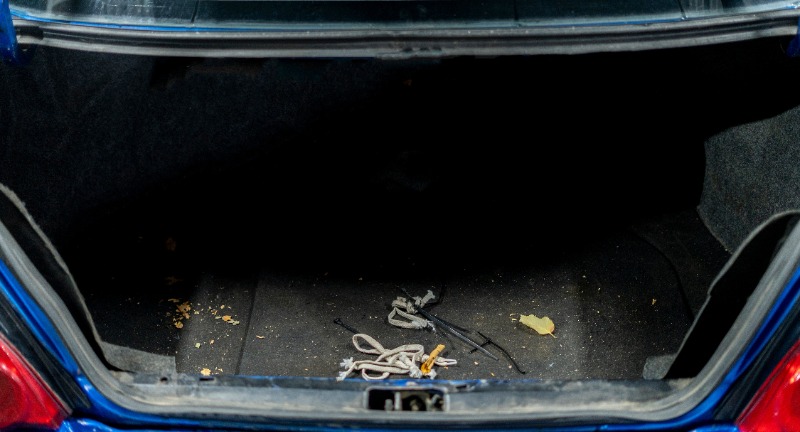
Shutterstock
Waterlines or mud streaks in the trunk, engine bay, or along the door panels reveal the high-water mark left by floodwaters. These lines can be difficult to clean entirely, even after a professional detailing job. Inspect less visible areas, such as the spare tire compartment or air filter housing. Finding such markings is a definitive clue of past water exposure.
Warped or Damaged Interior Panels
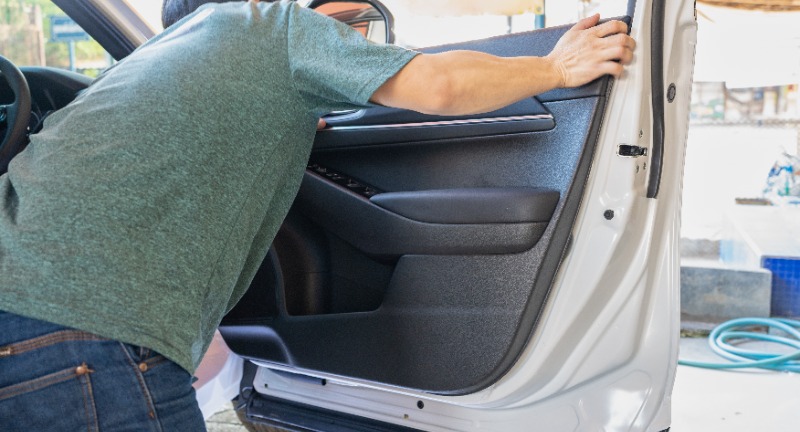
Shutterstock
Warped door panels, dashboard surfaces, or trim pieces indicate that water has soaked into these materials. Excessive moisture can cause materials like wood veneers or plastic to swell, crack, or distort over time. These changes are often irreversible and decrease the car’s aesthetic and resale value. Run your hands over panels to feel for uneven textures.
Sticky or Malfunctioning Controls
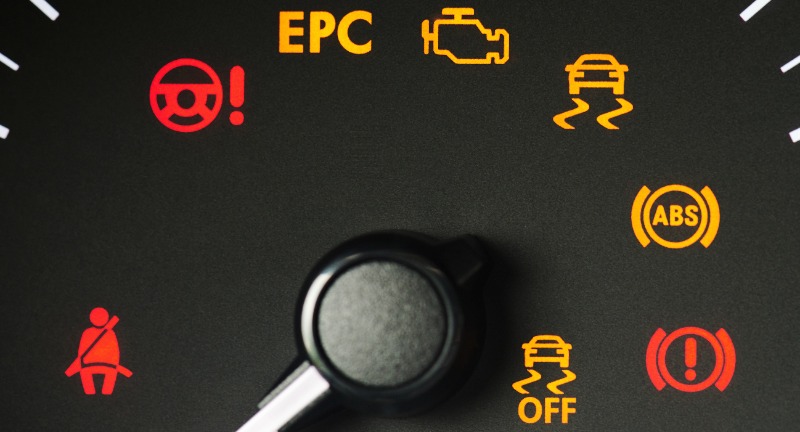
Shutterstock
Water exposure can make buttons, knobs, and switches sticky or sluggish. If controls for the radio, A/C, or windows feel off or fail to respond consistently, water damage might be to blame. These problems could require replacing entire components if moisture has reached the internal mechanisms. Test all features to ensure smooth operation.
Cloudy or Cracked Infotainment Screen
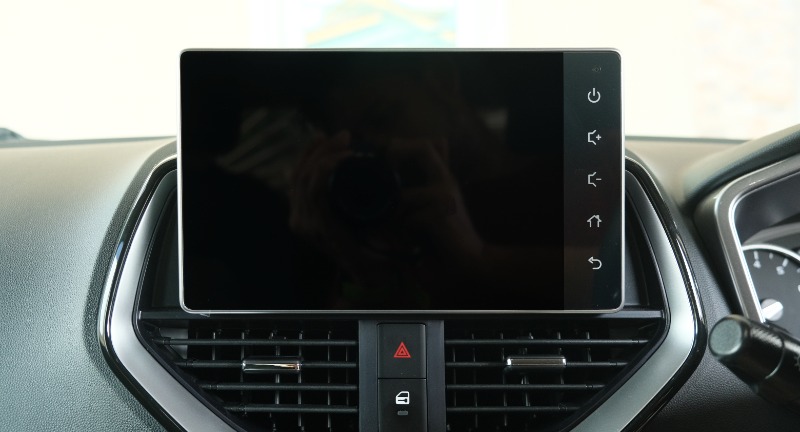
Shutterstock
Infotainment systems or digital displays may fog up, crack, or malfunction due to water exposure. Moisture inside the screen can distort visuals or render the touch function unresponsive. Replacing these systems can be very costly, so test them thoroughly during an inspection. Any abnormalities could suggest a history of water damage.
Loose or Peeling Upholstery
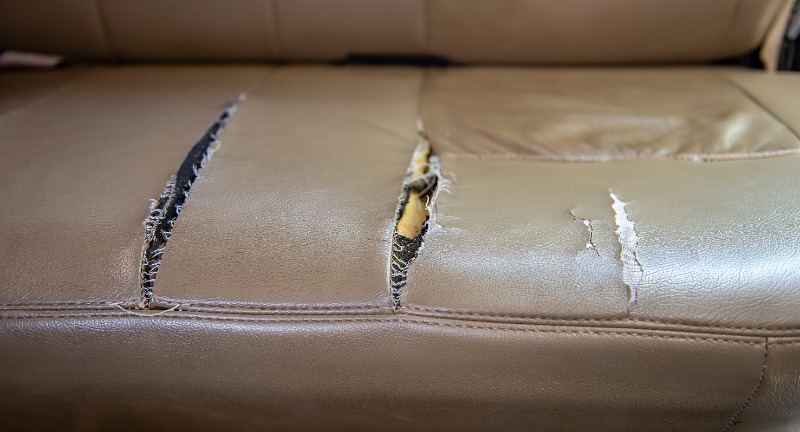
Shutterstock
When water penetrates seat cushions or door panels, the glue or stitching holding them in place can weaken. As a result, the upholstery may peel, sag, or feel loose in some areas. Inspect seams and edges for uneven or frayed appearances. Such damage often occurs even after an attempted repair.
Malfunctioning Airbags
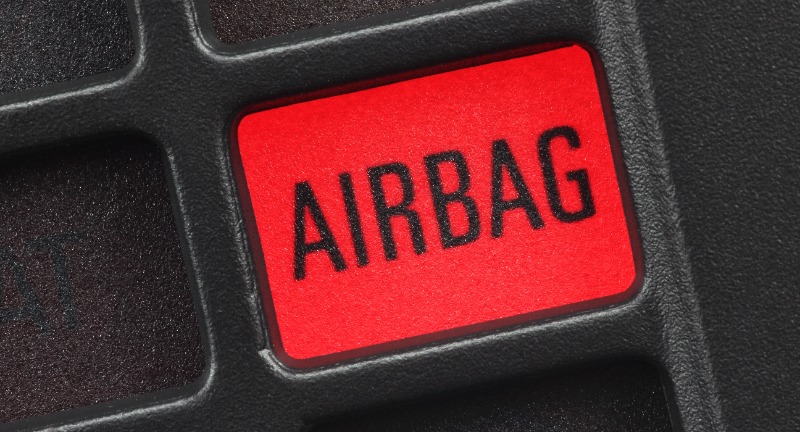
Shutterstock
Flooding can compromise a vehicle’s airbag system, making it unsafe. A warning light on the dashboard might indicate a damaged airbag control unit, often caused by water exposure. Always have the airbag system inspected in a used car, especially if you suspect water damage. A faulty airbag system can have life-threatening consequences.
Rapid Tire or Brake Corrosion
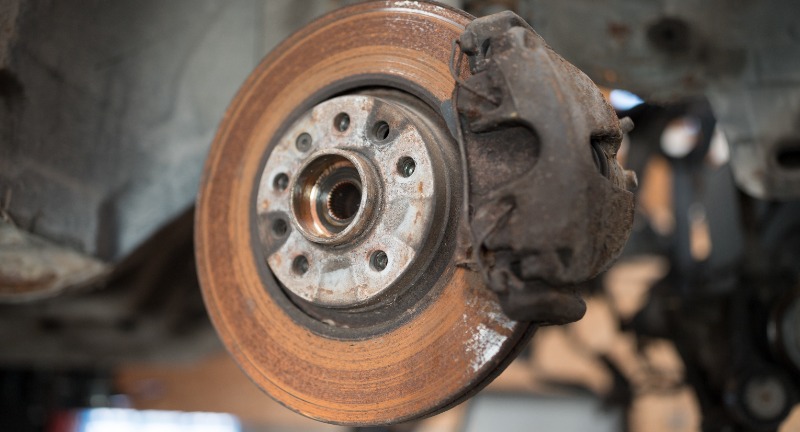
Shutterstock
Flooded cars often experience accelerated corrosion in wheels, brakes, and other exposed metal parts. Check for rust on brake discs, wheel bolts, and inside the wheel wells. Even if the car has new tires, excessive rust around the rims can hint at previous water exposure. Rust in these areas can impair performance and safety.
Persistent Warning Lights
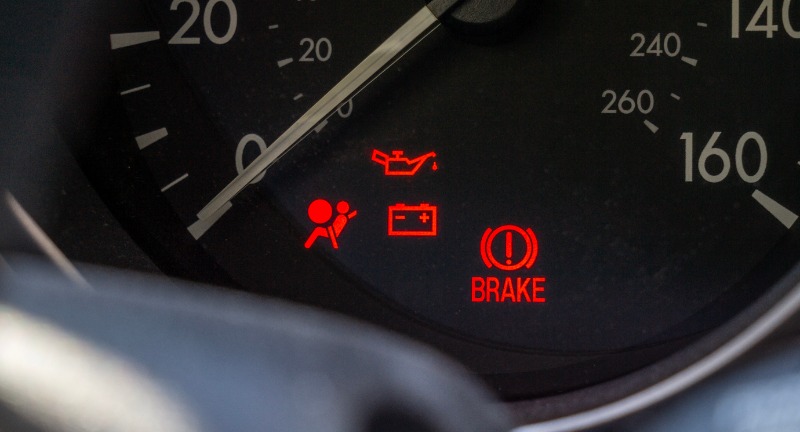
Shutterstock
If warning lights like the check engine or ABS light remain on, it could indicate water damage to the car’s electronic systems. Floodwater can corrode sensors and modules, causing intermittent or persistent errors. Have a mechanic run a diagnostic scan to confirm the cause of these alerts. Ignoring them can lead to bigger problems later.
Suspicious Vehicle History
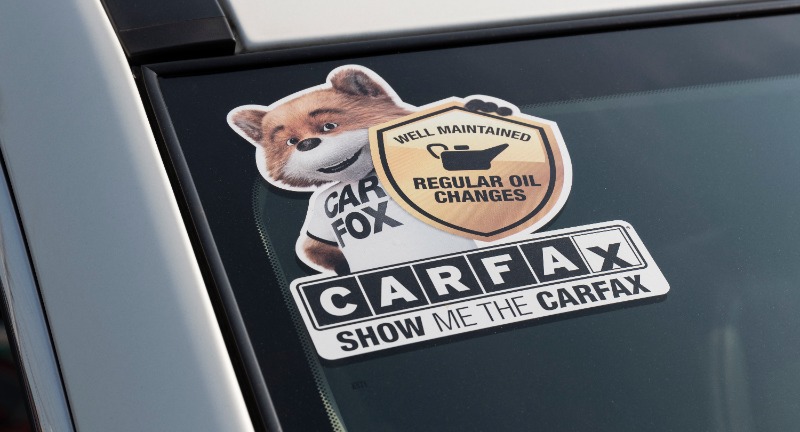
Shutterstock
A vague or incomplete vehicle history report can be a red flag for water damage. Many flood-damaged cars are sold in auctions with clean titles after superficial repairs. Always request a detailed history report and ask questions about any gaps or inconsistencies. Knowing where and how the car was used can save you from potential headaches.
Conclusion
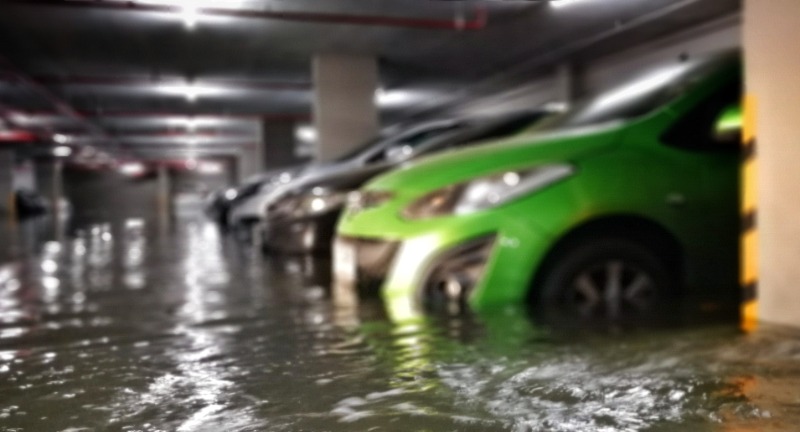
Shutterstock
Water damage in a car can cause serious and costly problems, making it vital to know how to identify the signs early. Whether you’re maintaining your current vehicle or shopping for a used one, recognizing the red flags can save you from headaches down the road. Don’t overlook musty odors, water stains, or electrical malfunctions, as these could indicate deeper issues. Staying informed and vigilant is the best way to protect your investment and ensure your car remains safe and reliable.
More From Local News X
-


21 Social Security Mistakes You Should Avoid At All Costs
-


“We need a solution now… Katherine Galindo Garcia is a…
-


Massive Fire Erupts in Radcliffe, UK
-


25 Shocking Discoveries Made In The Last 25 Years
-


Structure fire south of downtown Omaha
-


Concerned Parents Await Their Children at a Reunification Site in…
-


21 Surprising Drawbacks of Wealth Most People Don’t Realize
-


23 Things Left Behind In The 1900s That We Should…
-


Escaped Killer Slips Search Perimeter in Pennsylvania, Manhunt Expands South
-


20 Traits Of Baby Boomers That Gen Z Has Ditched…
-


25 Most Common Travel Blunders People Make And How To…
-


22 Old Social Norms Which Are Now Ridiculous
